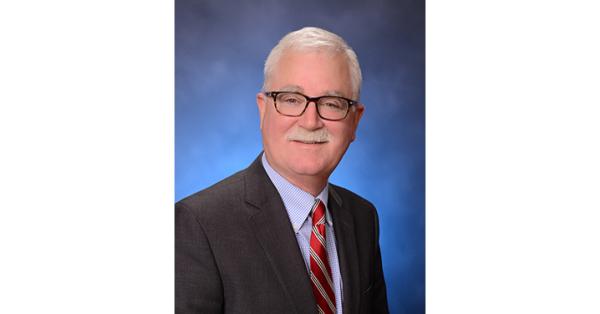ESOPs and 401(k)s are both retirement plans subject to the Employee Retirement Income Security Act. In broad terms, here are some key differences between these plans.
ESOP
The company invests its money.
- In the vast majority of ESOPs, the company buys shares on behalf of the employees and places those shares in a trust; employees incur no out-of- pocket expense to
- ESOPs provide a retirement option for those employees who cannot afford to make a regular payroll deduction to a retirement
- Employees who can afford a payroll deduction still can make that contribution at many ESOP companies. The latest survey of ESOP Association members shows 93.6 percent of responding com- panies offer both an ESOP and a 401(k). Employ- ees at these companies have two retirement According to Pew, more than half of all employees don’t participate in any retirement plan at work.
Usually, ESOPs buy company stock only.
- ESOPs are designed by law to purchase the employer’s stock
- By law, older workers who qualify may diversify their holdings by converting ESOP shares into assets outside the
- Some companies offer more generous diversification options than those required by law.
Employees earn shares, not money.
- Employees earn shares based on certain criteria (such as salary, tenure, etc.) The share value may rise or fall, based on how the company
- Employees have a vested interest in ensuring the company performs well, since they share in the rewards via the
Employees usually don’t control ESOP shares.
- The ESOP trust holds the company shares on behalf of employees. Employees cannot trade these shares on the open
Employees may need to wait for funds.
- It takes time to dispose of stock. When employees leave an ESOP company, the plan may require that payouts be spread out over several
Company contribution is hard to express.
- The value of an ESOP account varies based on factors such as: salary, tenure, when the employee leaves, macro economic events,
401(k)
Employees invest their own money.
- Typically, employees participate in a 401(k) by investing their own money via payroll
- Employees who cannot afford a payroll deduction (and therefore cannot participate) often include those who are starting their careers, work in low-paying jobs, have significant family obliga- tions, etc. In short, the employees who most need a retirement plan may be the ones who can least afford to participate in a 401(k).
- A big incentive for participating in a 401(k) is getting the matching funds offered by most em- ployers. To get all these funds, employees must contribute a certain amount (often twice what the employer contributes). Again, some employees cannot afford this
Employees invest from a list of options.
- In 401(k)s, a limited number of investment vehicles are offered. (Some companies find that having too many options confuses participants)
- Employees are responsible for researching and choosing from among the investment options available. They can shift how and where money is
Employees earn money, not shares.
- Employees invest the money they contribute and the money they receive from the employer.
- There is no long term connection between the value of the 401(k) plan and the performance of the employer.
Employees control their 401(k) accounts.
- Employees can do as they wish with these funds, including altering investments or withdrawing them. (In most situations, financial experts dis- courage early withdrawals from retirement plans)
Employees take possession quickly.
- Employees possess both money they contribute and vested funds from the employer. When employees leave, vested funds are available.
Company contribution is easy to express.
- The company 401(k) match is a percentage of salary, which is easy for employees to understand and to compare against other potential employers.







